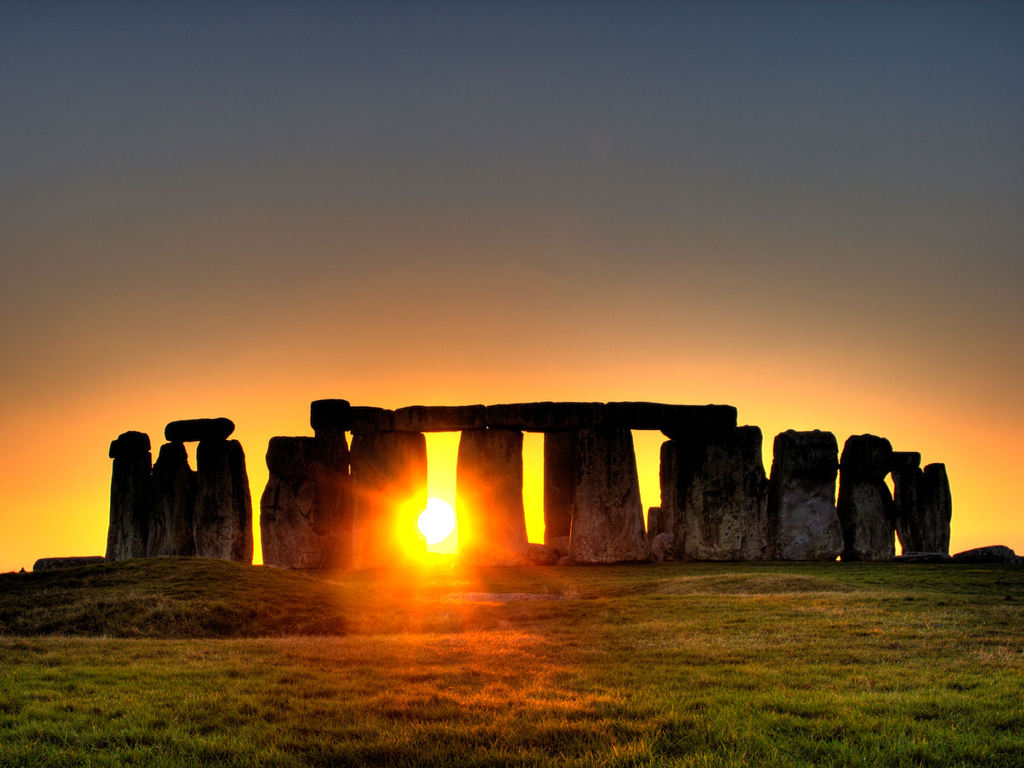Free shipping on orders over £50
TradeHURRY! SPRING SALE Now On! Get 10% Off Using Code KEEP10! Plus FREE SHIPPING On All Orders Over £50!
Renew The Season With LED Lights
 Yesterday saw the arrival of the Winter Solstice, which is an important seasonal turning-point – Spring is just around the corner – a time for rebirth and renewal.
Yesterday saw the arrival of the Winter Solstice, which is an important seasonal turning-point – Spring is just around the corner – a time for rebirth and renewal.
As one of two yearly solstices (the other being the Summer Solstice), the Winter Solstice marks the time of year when the axial tilt of the Earth’s northern hemisphere is farthest away from the sun, resulting in the shortest day and longest night of the year.
Indeed, yesterday’s Winter Solstice saw a total daytime length of 7 hours 49 minutes and 41 seconds!
Every year, thousands of people gather at Stonehenge in Pembrokeshire to celebrate the occasion. Spectators watch as the sun sets in the midst of three great stones, known as the Trilithon. It consists of two large vertical stones with a third supported horizontally on top.
As the sun passes down towards the horizon it shines through the monument, silhouetting it and creating an awe inspiring scene on the Pembrokeshire hilltops.
For those of us living in the UK, the Winter Solstice is significant because it marks the beginning of a time when we can start to see longer days. This reversal of the seasonal tide has become associated with ideas of rebirth and renewal.
For this season, it is also a good time to think about renewing your household lighting as well.
If you’re still using old incandescent light bulbs, you’ll have probably found that you have to replace them quite regularly – the average lifespan of an incandescent bulb is around 1,500 to 2,000 hours.
In real terms, this means you could find yourself changing your light bulbs up to 5 or 6 times in a single year! If you’re living on a tight budget, the addition of light bulb replacement costs is an expense you could certainly do without.
It is also an expense that you can’t plan for, as incandescent filaments break without any warning.
Energy efficient LED lights don’t rely on fragile filaments that corrode rapidly over time. Their semiconductor diodes are far more resilient. LED light bulbs, on average, last between 30,000 and 50,000 hours – that’s 2 times longer than fluorescent bulbs and 20 times longer than halogen lights.
Put it this way – even if you used your bulbs for 12 hours a day, they would still last for around 10 years. Even better is the fact that you can tell when an LED light is going to fail a few weeks in advance, as the bulb will dim slightly.
This is an indication that the bulb is approaching the end of its life, so you can plan for the cost of a replacement in advance.
 You might be wondering how LEDs can last so long. The reason is simple – they have less heat passing through the internal components, as LEDs are far more efficient than other types of lighting.
You might be wondering how LEDs can last so long. The reason is simple – they have less heat passing through the internal components, as LEDs are far more efficient than other types of lighting.
Older incandescent bulbs that use filaments get very hot, and lose up to 80% of their energy to heat wastage alone. LEDs on the other hand lose just 10% to heat – giving them much cooler operating temperatures.
This means that LED lights draw less energy too – up to 90% less in fact, giving you massive savings on your energy bills.
If you’re still relying on incandescent lighting, it’s probably about time you switched to dependable LED lights. Buying your bulbs today ensures that they will still be giving you affordable light this time next year, and for many years to come.
For more information or advice, you can speak to our team of experts on 0116 321 4120, or you can send us an email to cs@wled.co.uk.
To keep up to date with all our latest deals, products and news, give us a like on Facebook, and follow us on Twitter @WLEDLightsUK and use the hashtag #WLEDAware.






 Search
Search



2 Comments